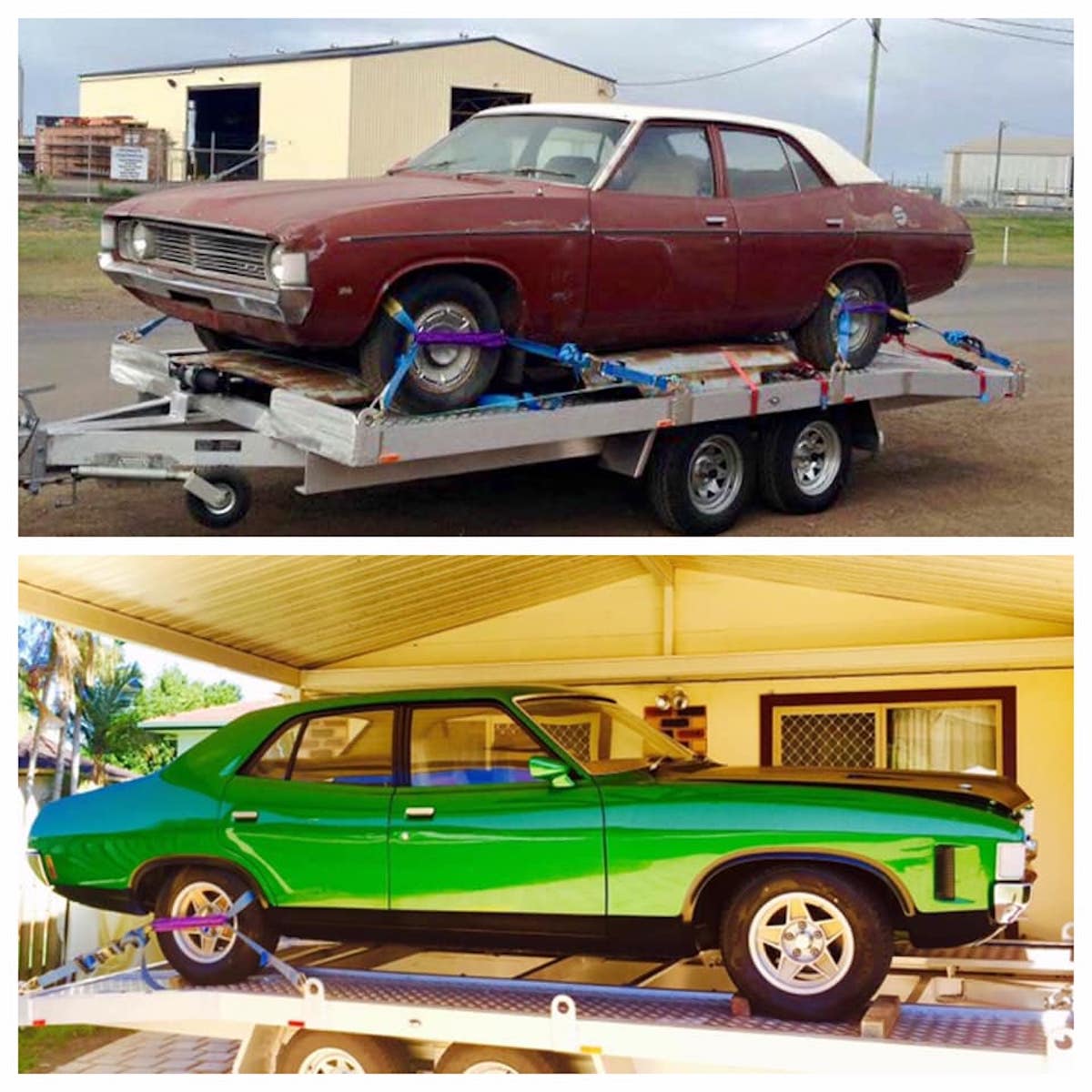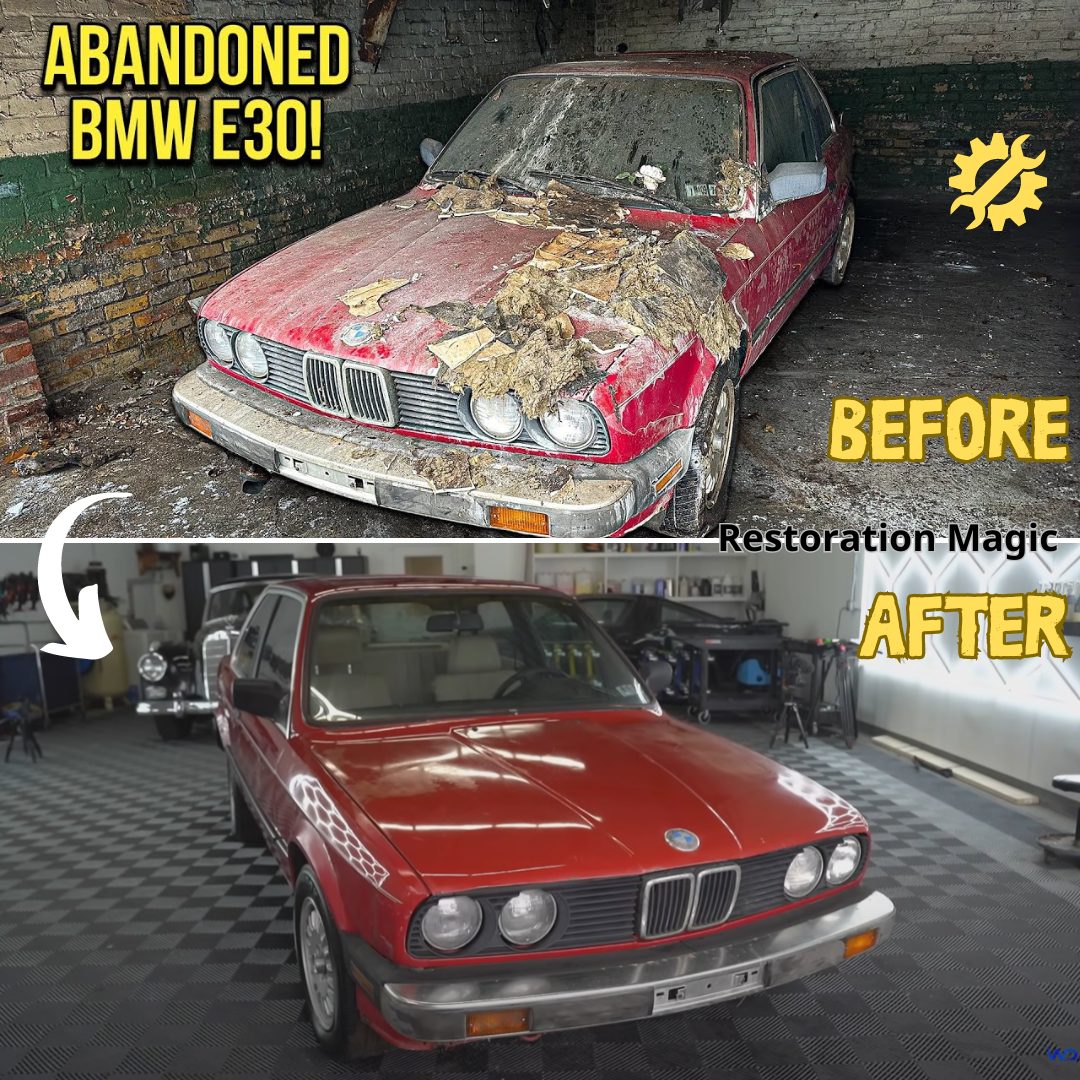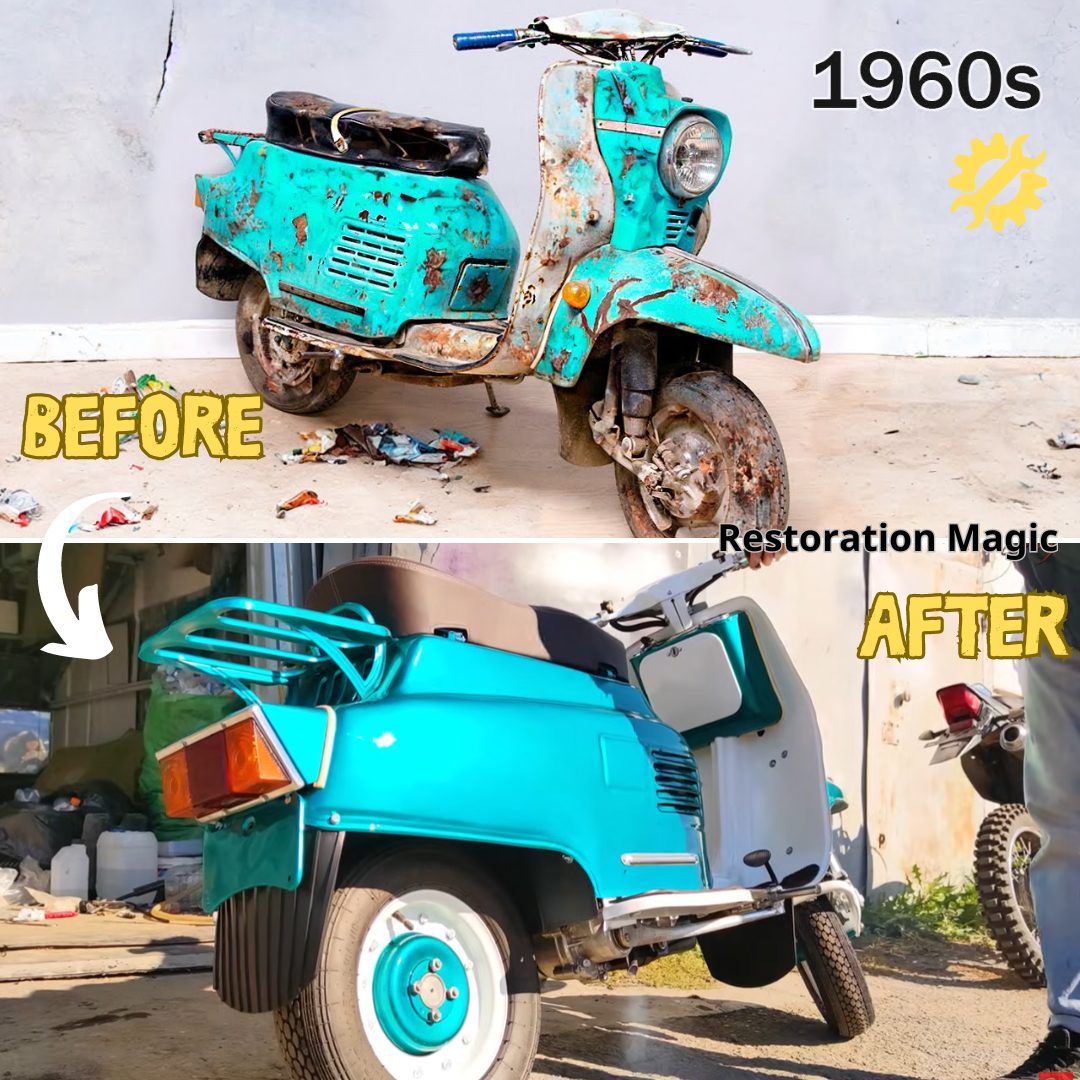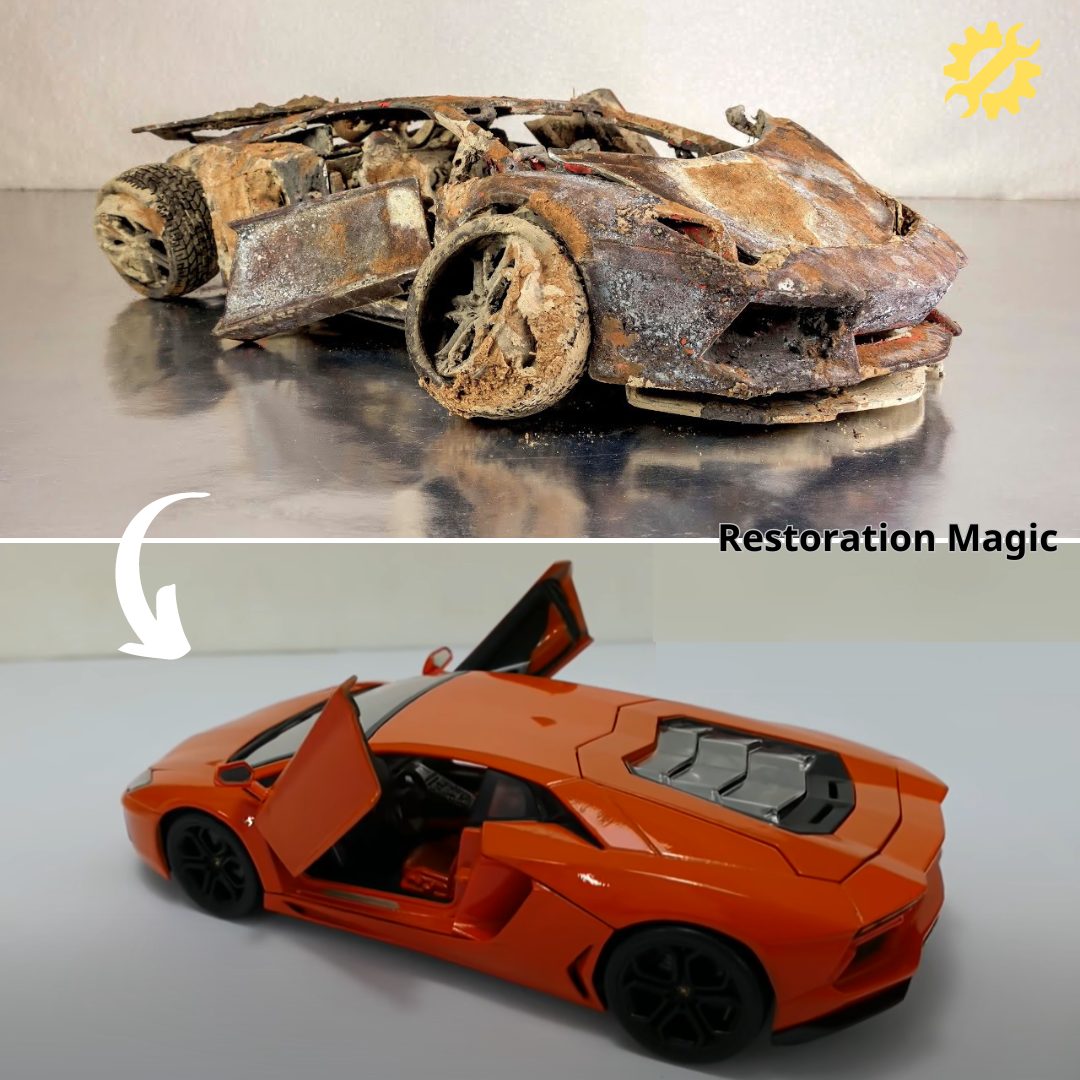On first glance, the voluptuous curves of the Alfa Romeo C52 ‘Disco Volante’ could momentarily be mistaken as those of a Jaguar E-type; and indeed, had its cash-strapped manufacturer not shelved the project in favour of other pursuits, it might have become Alfa’s magnum opus.
The C52 was conceived during an unstable period for Alfa Romeo. While the company had just taken the 1951 Formula 1 World Championship, post-War cash shortages within the firm led to its withdrawal from the competition, with the 1900 Berlina road car deemed to be of higher importance. But the competition department was allowed a stay of execution, partly hinging on the promise that it could create an image-boosting race car for entrance into the 1952 Le Mans and Mille Miglia, with the potential to be sold to amateur racers.
Using the 1900 as a basis for the C52 to save money, the competition department took the design of the car’s 1.9-litre four-cylinder iron-block engine and fashioned an aluminium block with an increased bore size. The 1997cc engine now developed 158bhp and was integrated into the 1900’s existing tubular frame steel chassis, with the modifications resulting in an overall weight of just 735kg. The final car was capable of an impressive top speed of around 140mph.
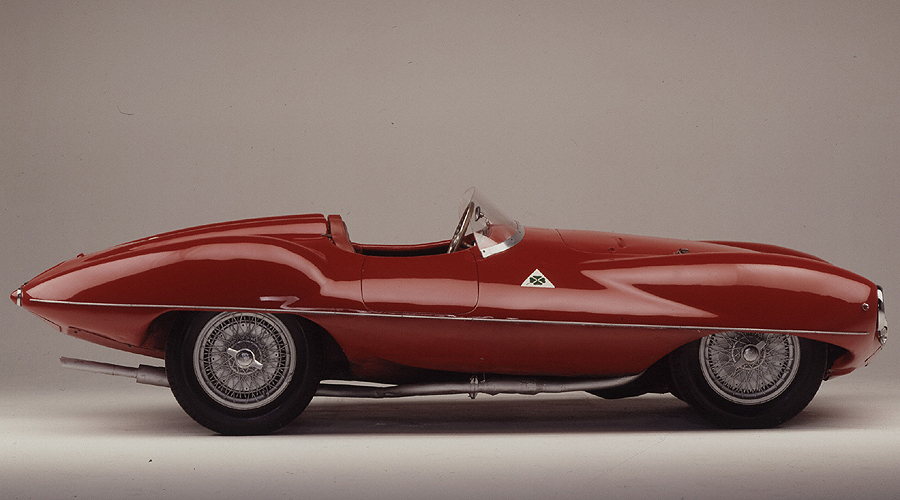
But obviously, it was the C52’s bodywork which made it so extraordinary. Coachbuilt by Carrozzeria Touring, the car’s curvaceous, wind-tunnel tested surfacing not only gave the C52 a super-low drag coefficient (0.25 Cd, less than that of the 2012 Tesla Model S), but also inspired the internal nickname of Disco Volante, Italian for ‘Flying Saucer’. The unofficial name subsequently caught on, undoubtedly due to the public interest in space exploration and extra-terrestrial sightings in the 1950s. Coincidentally, the name was also rather fitting in another sense – finding a comfortable seating position within the cramped cockpit required bodily proportions of a creature more other-worldly than human, partially due to the strangely offset tunnel for the four-speed transmission.
But this was of no concern to the public, who embraced the Disco Volante and its revolutionary streamlined contours – though the car’s influence went far further than this, with the bodywork also said by many to have inspired the celebrated Jaguar that it’s so often initially mistaken for. Undeniably, one needs look no further than the side profile of the Disco Volante coupé to notice some striking resemblances to the E-type, regardless of the Alfa’s half-metre length deficit alluding to a more upright posture. And the Disco Volante’s impact wasn’t limited to the 1950s: the 2010 Fiera Milano saw the inauguration of a bronze sculpture of the car to mark Alfa Romeo’s centenary, while the Pininfarina 2uettottanta concept of the same year made use of some subtle Disco Volante flourishes.
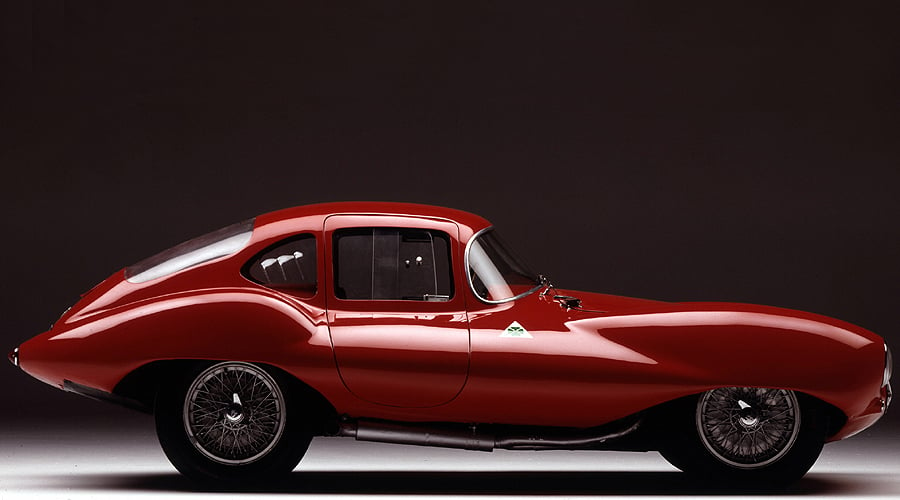
Another car to unashamedly lift some styling cues from the Disco Volante was the more successful Alfa Romeo 6C 3000 Competizione Maggiorata of 1952 – which often inadvertently returns the favour, as many wrongly credit its win at the 1953 Gran Premio Supercortemaggiore in the hands of Juan Manuel Fangio to the Disco Volante. Similar confusion surrounds the exact number of Disco Volantes produced, but the most credible account is that of the late Carlo Felice Bianchi Anderloni, the car’s lead designer. Anderloni recalls that only four or five Disco Volantes were built: three spiders with 1997cc engines and either one or two spiders with the cast-iron, six-cylinder 3000cc engine from the 6C 3000, the elusive example apparently being built but later dismantled by Alfa Romeo.
The trio of 2.0-litre cars were all handed separate fates. One was rebodied as a coupé and resides alongside an unmodified spider sibling in the Museo Historico Alfa Romeo in Arese – which is currently closed for refurbishment – but both regularly make appearances at classic car events. Meanwhile, the third alloy-engined spider was developed with more conventional bodywork and christened a fianchi stretti, meaning ‘with narrow hips’. This slim-bodied spider is part of the famous Schlumpf Collection at the Cité de l’Automobile in France, while the remaining 3.0-litre car is a main feature of the Museo Dell’Automobile in Italy, albeit accommodating the 3495cc six-cylinder it was later given by the competition department.
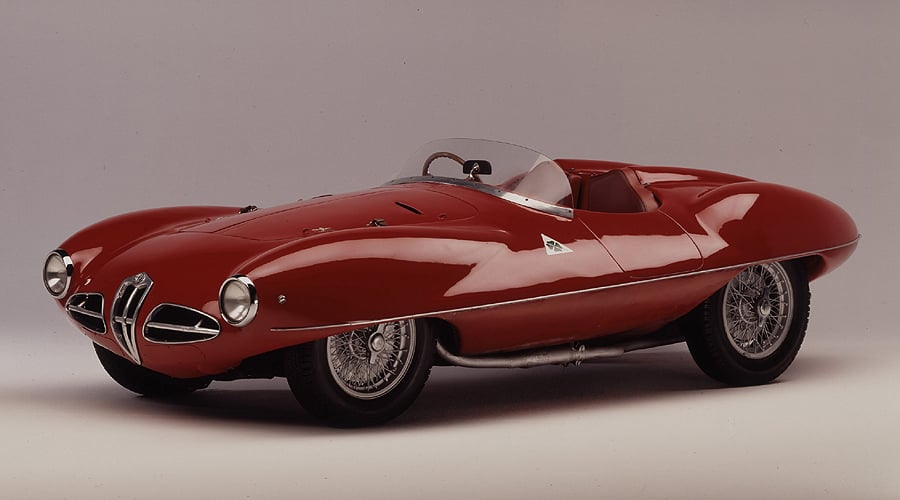
So, while the Disco Volante ultimately became four very different examples, the fact remains that it is one of the true Alfa Romeo greats – perhaps not in terms of racing heritage, but certainly with regard to design. Sure, it was built on a budget, didn’t enjoy much track success, and largely used components from a decidedly average road car. But had Alfa Romeo possessed the resources and determination to put it into production, the Disco Volante might have enjoyed the cult status that the E-type now inspires.
Thanks to Anna Angelini from Alfa Romeo
Photos: © Alfa Romeo Automobilismo Storico, Centro Documentazione (Arese, Milano)
